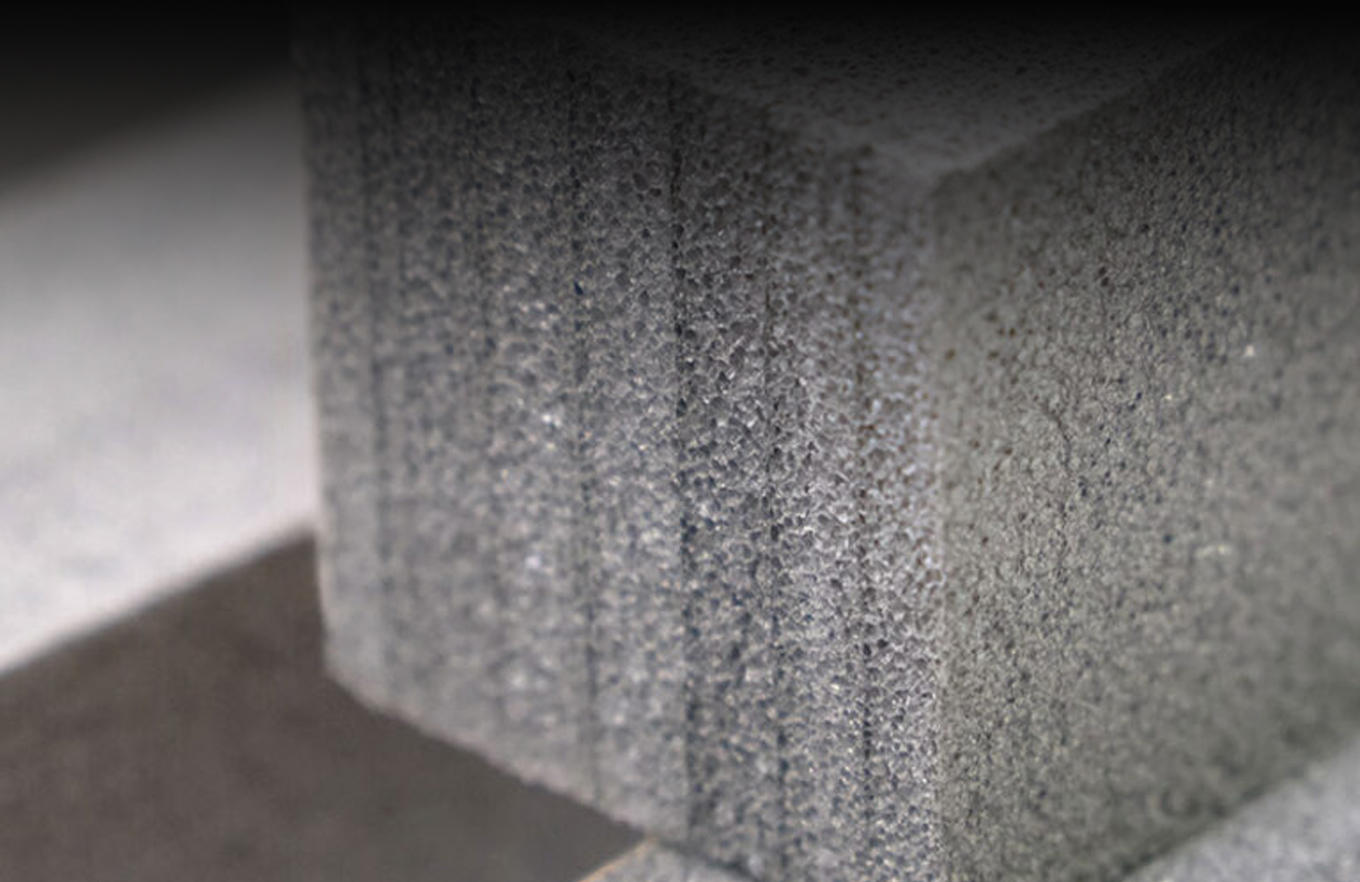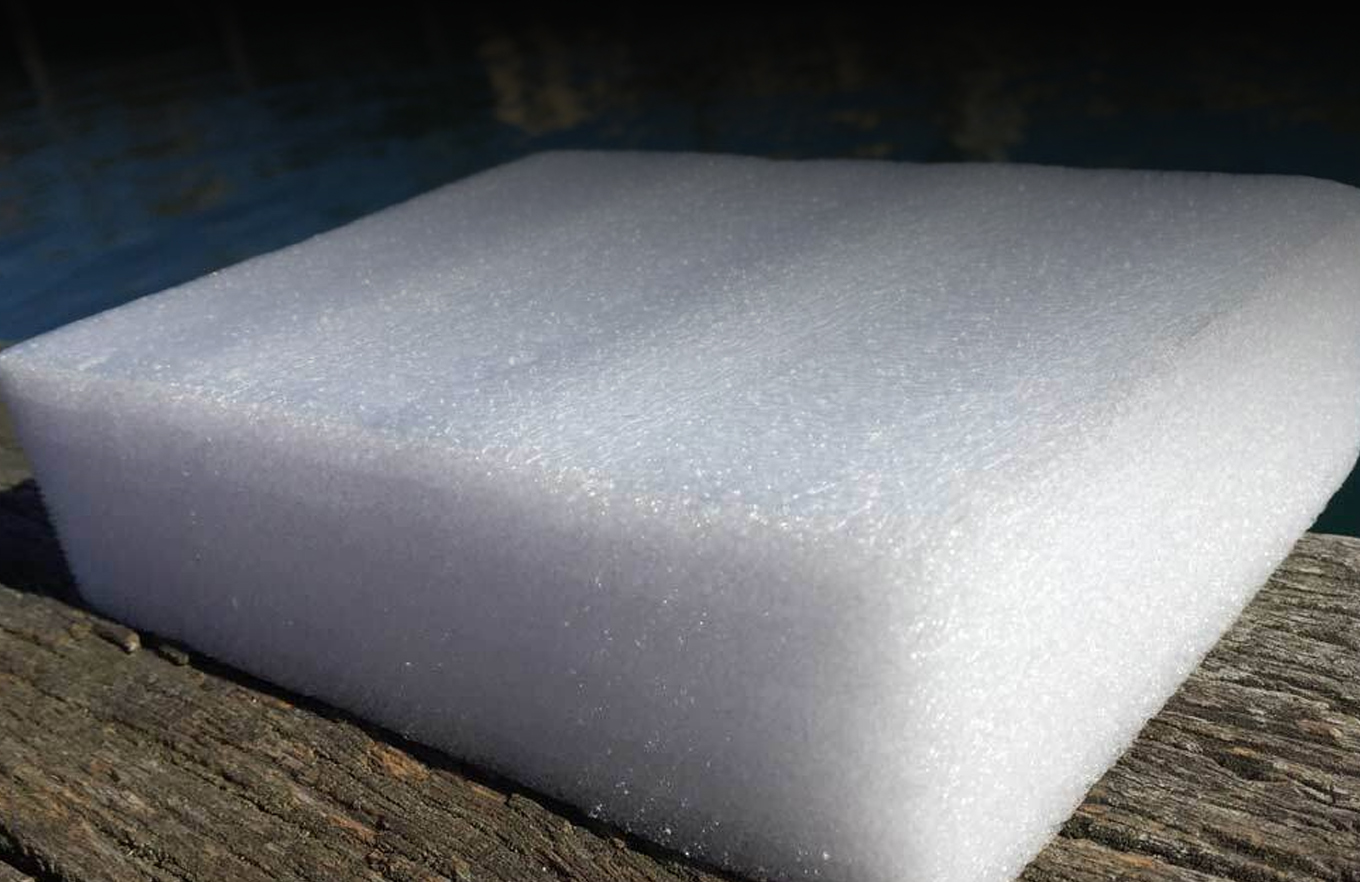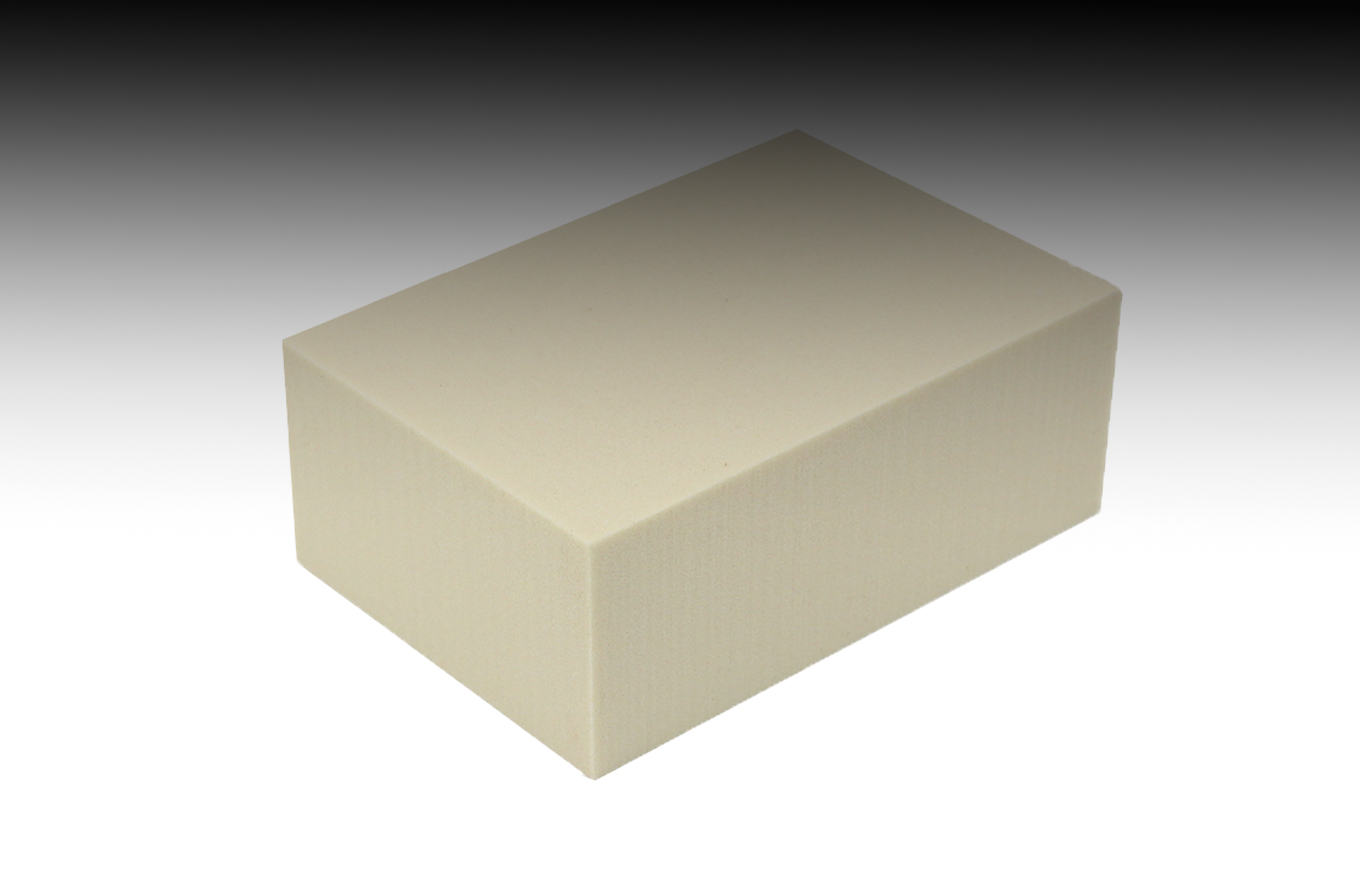
Buoyant foam has evolved into one of the most essential materials used across industries ranging from packaging to marine safety. Known for its lightweight nature and high resilience, buoyant foam offers reliable support in environments where weight, water resistance, and durability are crucial. This material is not just limited to flotation devices anymore; it is now found in structural packaging, automotive components, and insulation solutions.
In this article, we explore buoyant foam’s properties, different grades, and its growing role in sustainable manufacturing. We'll also discuss how brands like Samad Foam are contributing to this evolution.
Buoyant foam is a type of polymer-based material engineered to float due to its closed-cell structure, which traps gas bubbles and prevents water absorption. Its design makes it particularly useful for applications that require lightweight yet supportive materials. Whether used in aquatic gear, life jackets, or specialty packaging, buoyant foam offers unmatched performance where other materials may fall short.
Unlike open-cell foams, which absorb moisture, buoyant foams retain their integrity even when submerged. The foam’s density and cell structure determine its specific buoyancy level, and manufacturers often customize this for different end uses. Companies like Samad Foam have mastered the production of these materials to meet the exacting standards of industries requiring both function and form.

This foam is chemically cross-linked, providing high tensile strength and excellent buoyancy. It's often used in the marine and automotive industries, where durability and flotation are priorities.
Lightweight and impact-resistant, EPP foam is ideal for protective packaging and structural components that require cushioning with buoyant properties. Though less common in flotation gear, its buoyant properties make it suitable for hybrid uses.
EVA foam is flexible, resilient, and widely used in sports gear and yoga mats. While not the most buoyant option available, EVA-based buoyant foam grades are frequently seen in consumer flotation aids and padded packaging. Samad Foam often incorporates this in its product lines when a balance between comfort and buoyancy is required.
Buoyant foam comes in a range of grades based on density, compressive strength, and buoyancy levels. Manufacturers determine grades using specific testing for flotation, durability, and water resistance. For instance, low-density grades offer excellent flotation but less resistance to compression, while high-density options are better for packaging and structural components.
Samad Foam produces various custom foam grades depending on client requirements. These options are tested for consistency, durability, and buoyancy to meet safety and environmental regulations globally.

Life jackets, lifebuoys, and flotation cushions rely on buoyant foam to meet strict safety requirements. The foam must be lightweight, quick-drying, and long-lasting, all of which are traits that Samad Foam prioritizes in its marine-grade products.
Buoyant foam is ideal for packaging fragile, valuable items, especially those sensitive to moisture. Tech gadgets, instruments, and even shoes now come with custom-fit buoyant foam inserts for enhanced safety. This is where recycled foam plays an important role, reducing environmental impact while maintaining performance.
From pool floats to kneepads, buoyant foam is everywhere in the recreational space. EVA foam derivatives are popular due to their lightweight and shock-absorbing properties.
In construction, buoyant foam panels are used for insulation, vibration dampening, and even in floating docks. High-density buoyant foams offer thermal resistance along with structural support.
Recycled foam is gaining traction as a raw material for producing buoyant foams without compromising performance. Using advanced reprocessing technologies, companies like Samad Foam are blending recycled inputs into new foam sheets and blocks.
These products retain buoyancy and structural integrity while supporting global efforts to reduce plastic waste. Recycled foam offers a reliable and eco-conscious alternative to traditional polymers, making it a valuable addition to sustainable product lines.
Samad Foam follows industry protocols and environmental certifications that guarantee compliance with global sustainability standards. Their buoyant foam products undergo rigorous testing to meet ISO and other standards, especially when made with recycled content.
Selecting the correct buoyant foam involves evaluating your use case, load-bearing requirements, and environmental exposure. High-end applications may require composite foams that combine buoyancy with additional features like thermal insulation or impact resistance.
With years of experience, Samad Foam provides guidance and samples to help manufacturers make informed decisions based on practical needs, ensuring both safety and efficiency in product design.
Contact Samad Foam today to discover premium buoyant foam solutions that meet safety and sustainability goals.
Buoyant foam is no longer just a tool for flotation; it’s a multifunctional material that is adapting to meet the needs of modern industries. From marine gear to protective packaging and even in construction, its applications continue to expand. The growing integration of recycled foam is making this material even more relevant in today’s environmentally-conscious market. Samad Foam remains at the forefront of this evolution, blending technical innovation with responsible manufacturing practices. As the market evolves, so too will the role and potential of buoyant foam.
Buoyant foam is typically made from closed-cell polymers like EVA, XLPE, or EPP, which prevent water absorption and support flotation.
Yes, recycled foam can be blended with new materials to produce buoyant foam that meets environmental and performance standards.
Buoyant foam is widely used in marine safety equipment, protective packaging, sports gear, and lightweight industrial applications.